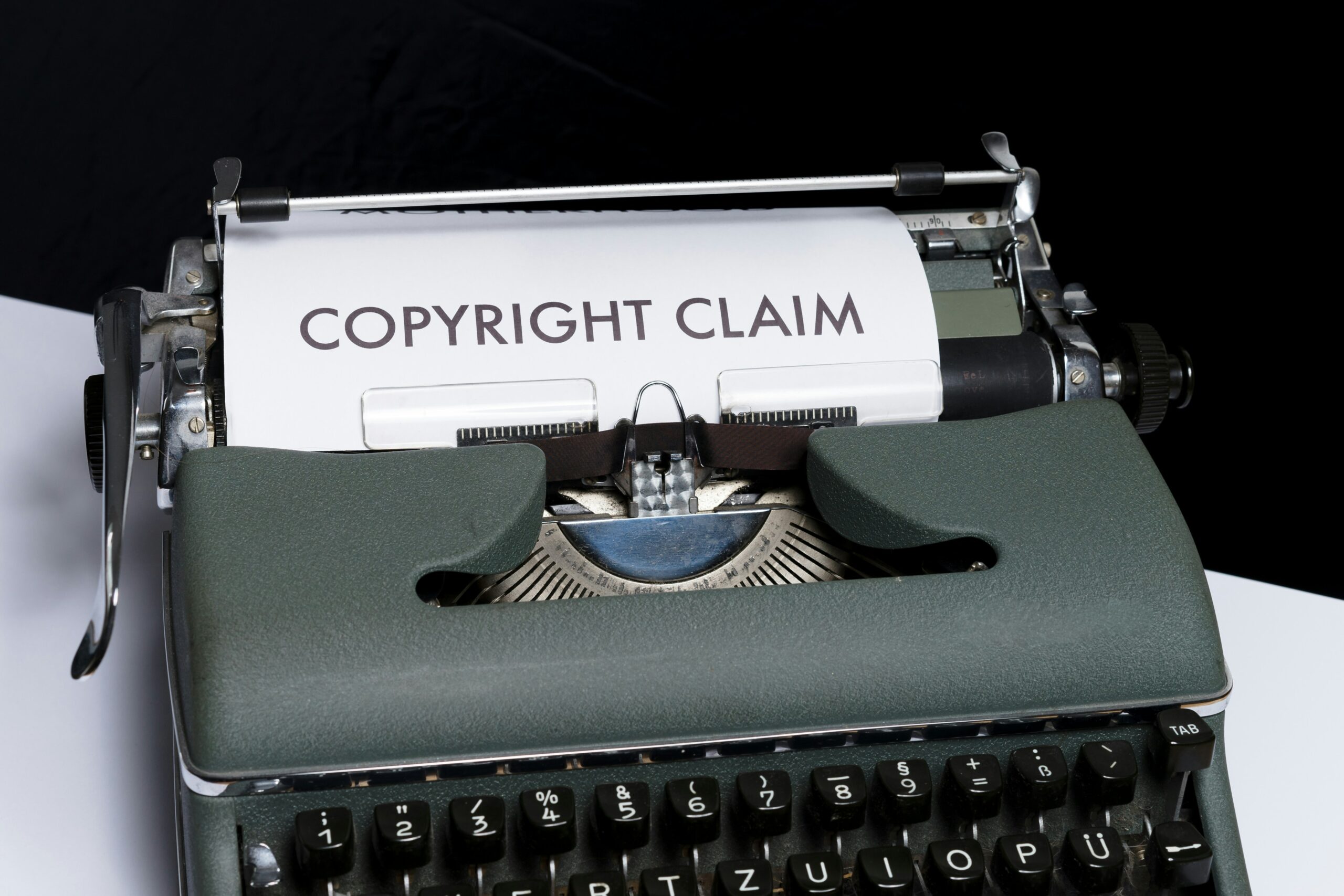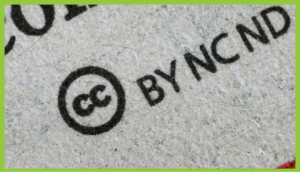When it comes to protecting intellectual property (IP), understanding the differences between trademarks, copyrights, and patents is crucial. Each type of protection serves a different purpose, and knowing which one to choose can help safeguard your creative works, inventions, and brands. In this blog, we’ll break down the key distinctions between trademarks, copyrights, and patents.
1. What is a Trademark?
A trademark is a symbol, word, phrase, or logo used to distinguish goods or services from those of other businesses. It helps build brand recognition and ensures that consumers can easily identify products or services that come from a specific source.
Key Features of Trademarks:
- Protects brand names, logos, slogans, and other identifiers
- Used for business identification and marketing
- Lasts indefinitely as long as it’s in use and renewed periodically
- Can be registered with the UK Intellectual Property Office (IPO) or the United States Patent and Trademark Office (USPTO)
Example:
The Nike “swoosh” logo is a trademark that identifies the brand and distinguishes its products from others in the market.
2. What is Copyright?
Copyright is the protection granted to the creators of original works of authorship, such as books, music, films, software, and artwork. Copyright ensures that the creator has exclusive rights to their work and prevents others from copying, distributing, or performing it without permission.
Key Features of Copyright:
- Protects original literary, artistic, and musical works
- Automatically granted upon the creation of the work (no registration required, but registration is recommended)
- Provides exclusive rights for a set period of time (usually the creator’s lifetime plus 70 years)
- Does not protect ideas or concepts, only the expression of those ideas
Example:
The manuscript of a novel, the recording of a song, and the script for a film are all protected by copyright.
3. What is a Patent?
A patent grants exclusive rights to inventors for their inventions, preventing others from making, using, or selling the invention without consent. Patents are typically granted for new, useful, and non-obvious inventions, such as technological innovations, products, or processes.
Key Features of Patents:
- Protects inventions, processes, and designs
- Must be novel, useful, and non-obvious to be patentable
- Typically lasts for 20 years from the filing date (subject to renewal fees)
- Requires a formal application process, including a detailed description of the invention
Example:
The design of a new smartphone or a new method for manufacturing a product may be patentable if it meets the necessary criteria.
At 360 Law Services, we understand the importance of protecting your intellectual property, whether you’re a business, creator, or inventor. Our team of experienced legal professionals can guide you through the process of registering trademarks, copyrights, and patents, ensuring that your valuable assets are secure. We provide tailored legal advice to help you navigate the complexities of intellectual property law, giving you peace of mind as you focus on growing your business. Contact us today to learn how we can assist with protecting your innovations and brand.




